Fujifilm recently dropped a beautifully shot teaser titled “Half the Size, Twice the Story” — a concept video heralding the arrival of its upcoming X-Half camera, a radical new take on vertical photography with a cinematic edge. While the visuals are stunning and the atmosphere immersive, there’s a detail in the fine print that’s left a portion of the audience disappointed — the video wasn’t shot on the X-Half. It was shot on the GFX100 II, Fujifilm’s high-end medium format flagship. Wait — what? This decision is more than a footnote. It touches the core of how camera companies build trust, hype, and community among photographers and filmmakers. Let’s explore why this move feels like a letdown, what it says about Fujifilm’s strategy, and what questions it raises for the industry.
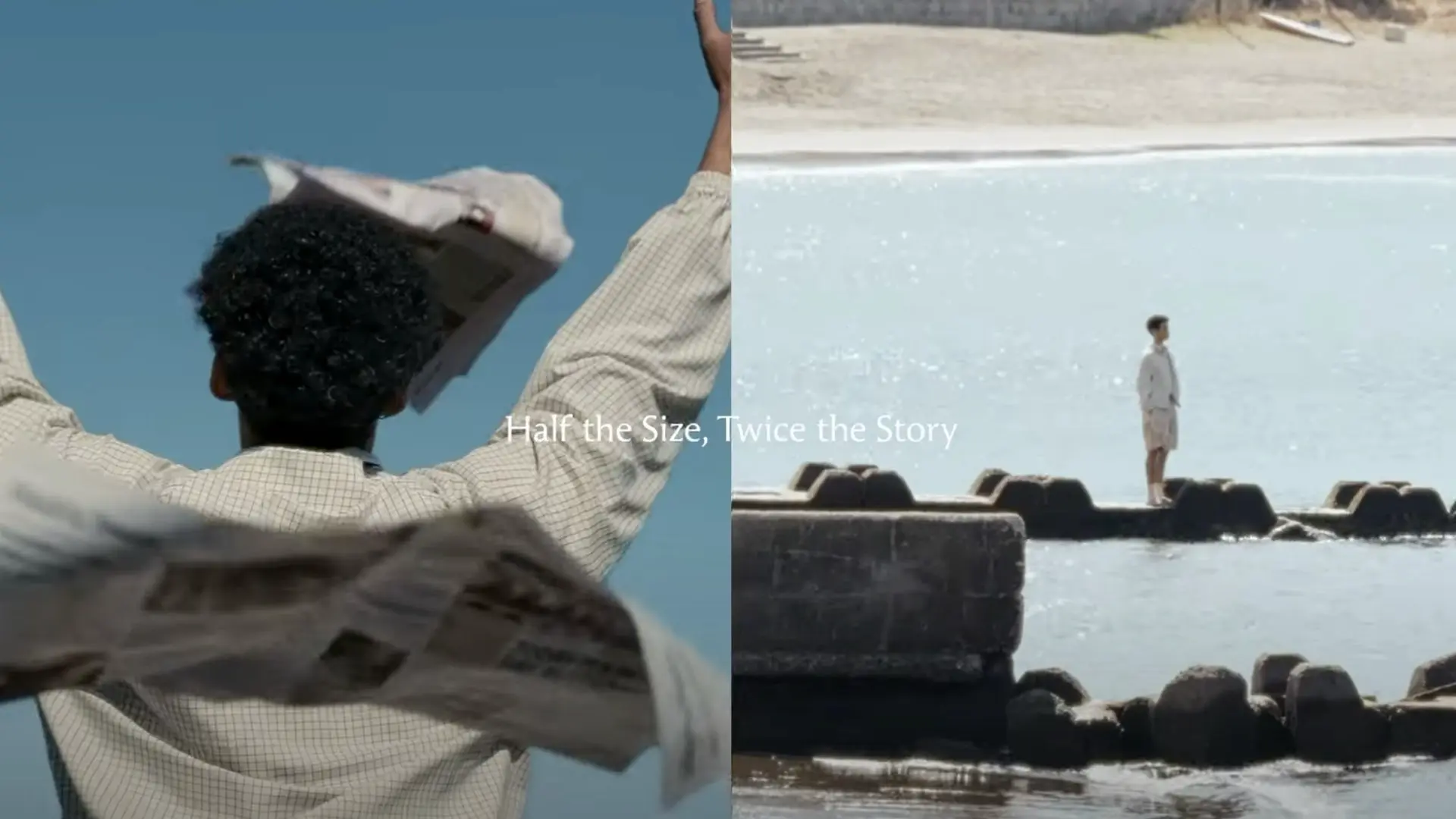
The Irony of Concept Without the Camera
At first glance, the video appears to embody everything Fujifilm is promising with the X-Half — small size, vertical thinking, bold visual storytelling. But once you realize the GFX100 II was behind the lens, not the X-Half itself, a glaring contradiction emerges. The camera that’s supposedly “twice the story” wasn’t even trusted to tell its own. This isn’t just a technical footnote — it’s a narrative misstep. Enthusiasts and professionals alike expect concept teasers to showcase the very gear being promoted. Even early prototype footage — rough around the edges — can inspire confidence and anticipation. In this case, Fujifilm opted for polish over authenticity. Check out the video below:
Why the GFX100 II?
To be clear, the GFX100 II is an outstanding piece of hardware. As explored in Fujifilm GFX100 II: The 2nd Largest Sensor Behind Alexa 65, it offers a massive medium format sensor with solid dynamic range and image quality. Its cinematic potential is real, as detailed in Shooting Indie Style with the Fujifilm GFX100 II — a practical guide to using this large sensor system in indie film environments. But that’s the point: this camera represents the opposite ethos of the X-Half. If the GFX is about size, luxury, and ultimate image fidelity, then the X-Half is about mobility, simplicity, and a new generation of shooters who think vertically — literally.
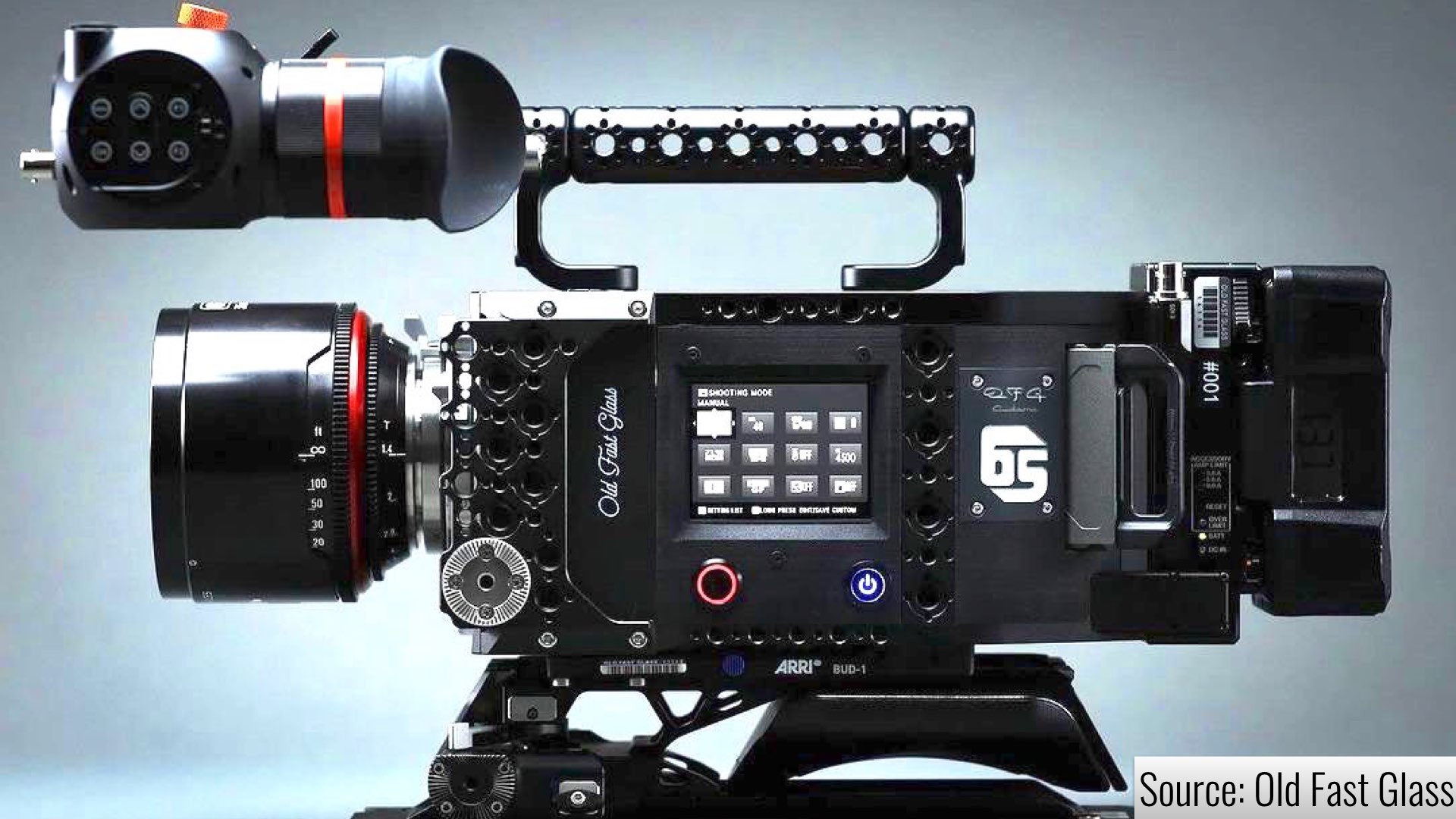
Buy the Fujifilm GFX100 II on Amazon | B&H | Adorama
What is the X-Half Supposed to Represent?
As documented in Fujifilm’s Bold Bet: How the X-Half Aims to Reinvent Photography for a New Generation, the X-Half is a radical rethinking of the half-frame format — designed to shoot vertical stills and video natively, targeting creators who live on mobile platforms but still want artistic depth. Fujifilm is leaning heavily into nostalgia and innovation with this device. The patent behind the camera is explored in Fujifilm’s Vertical Vision: Unpacking the Patent Behind the Anticipated X-Half Camera and the Digital Rebirth of Provia, showing that this isn’t a gimmick. It’s a calculated risk — a digital rebirth of a classic photographic approach, designed for a vertical, video-centric world. Meanwhile, Investigating the Fujifilm X-Half: A New Digital Take on a Classic Format dives deeper into how this product could mark a turning point in the hybridization of still and video formats. So when Fujifilm opts not to shoot any of the teaser using the actual camera, it calls that boldness into question.
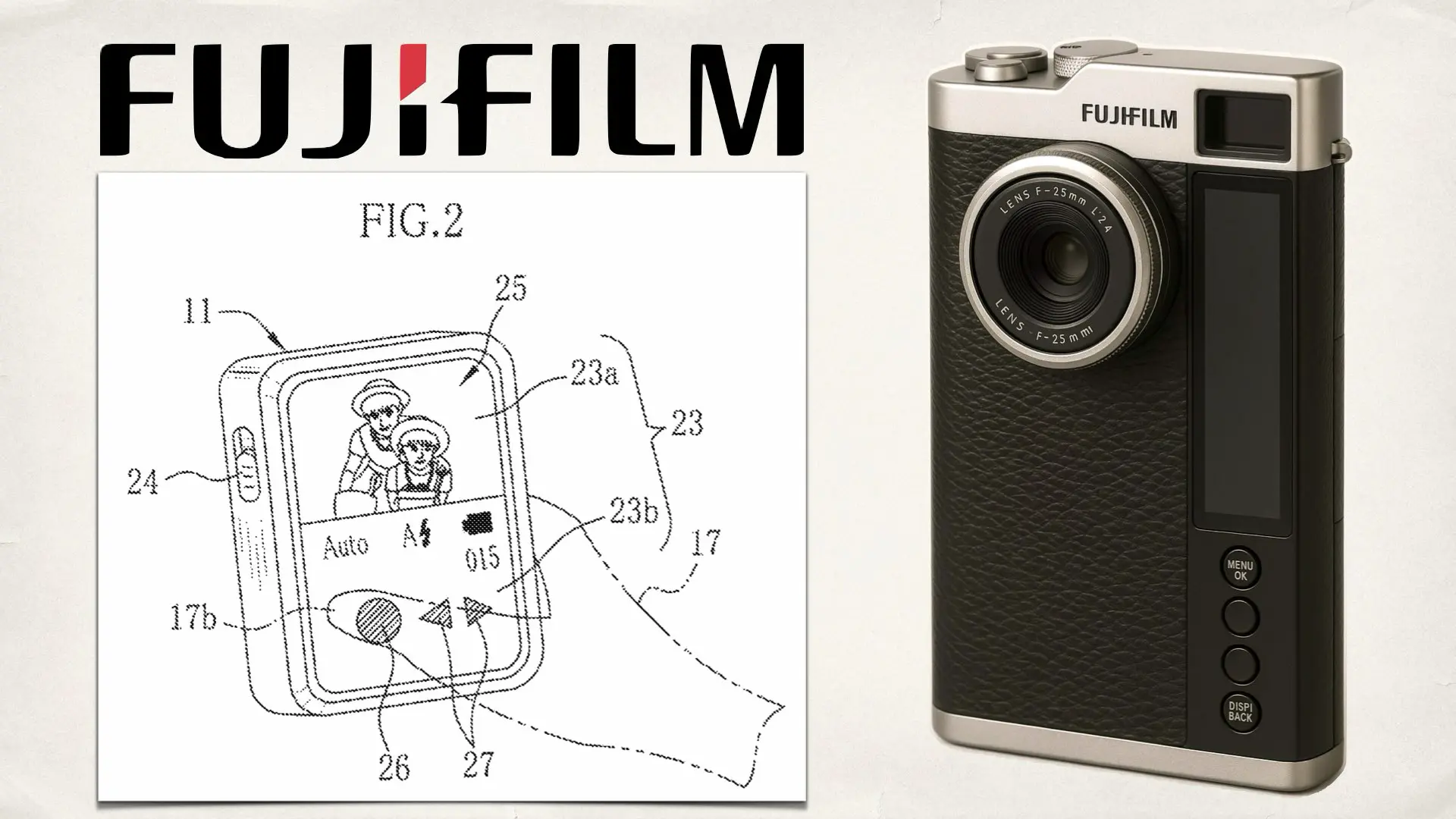
Audience Reaction: Disappointment Wrapped in Curiosity
Among dedicated Fujifilm fans, the reaction has been mixed. While many admire the visual quality of the teaser, forums and comment sections are lighting up with one recurring question: Why wasn’t this shot on the X-Half? The logic might be straightforward — the GFX100 II ensures flawless imagery and precise control. But the emotion isn’t so easy to dismiss. By not using the X-Half, Fujifilm inadvertently told its audience, “This camera isn’t quite ready to tell your story yet.” For a brand that’s often praised for its authenticity and community engagement, this feels like a misstep — or at least a misjudged moment.
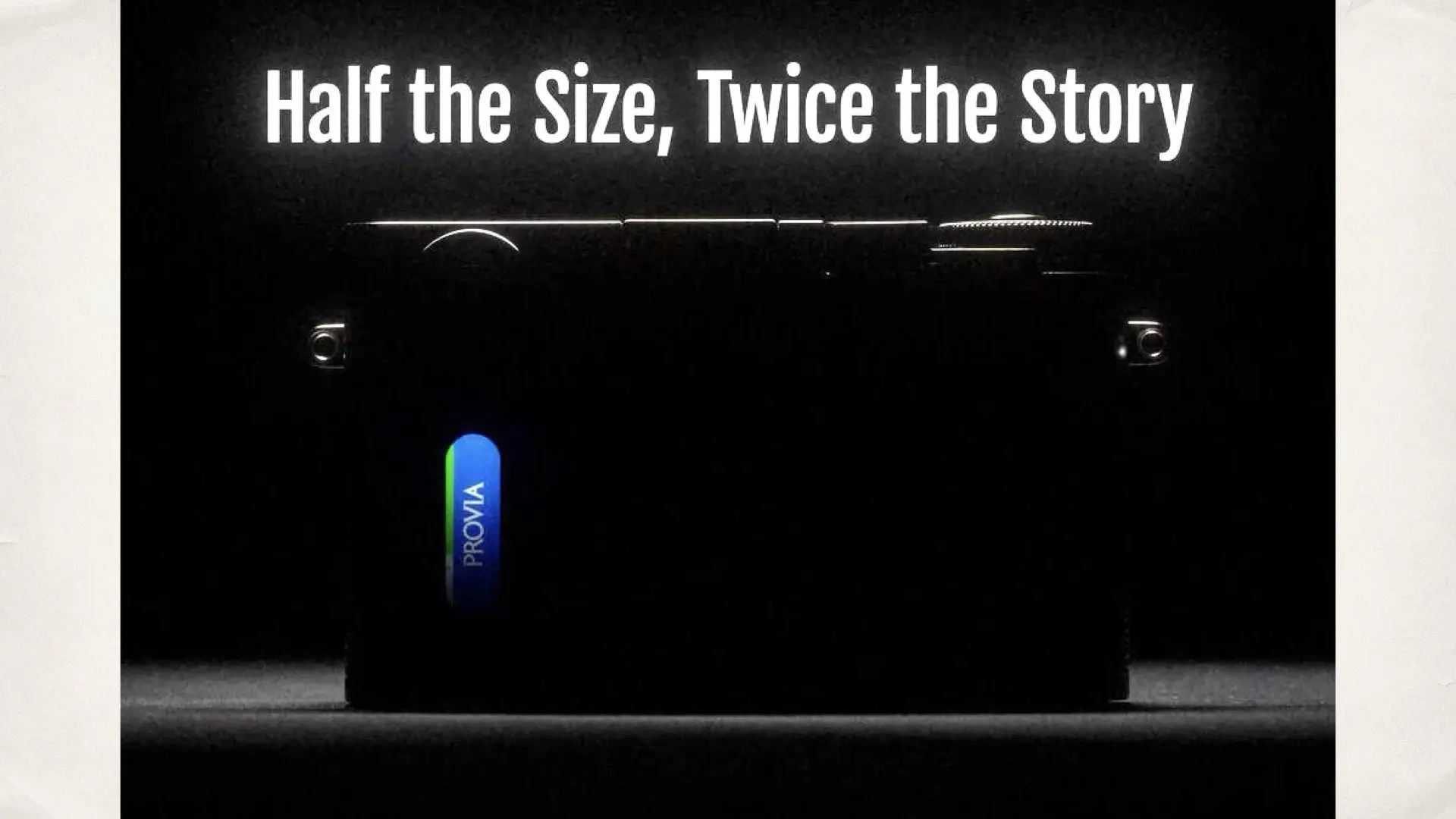
The Bigger Debate: Hype vs. Honesty
This move also raises larger questions about how camera companies market unreleased products in the age of content-savvy creators. Should concept videos always use the product being promoted, even if the results aren’t perfect? Is it better to showcase potential than polish? And in an era when even smartphones can shoot cinematic-grade footage, is it really justifiable to not show what the product can do? These questions extend beyond Fujifilm. The same criticism could be leveled at Apple, Sony, or RED when they opt for high-end setups to promote devices intended for smaller creators. But with the X-Half — a camera that’s literally built to be half the size — the disconnect is even more glaring.
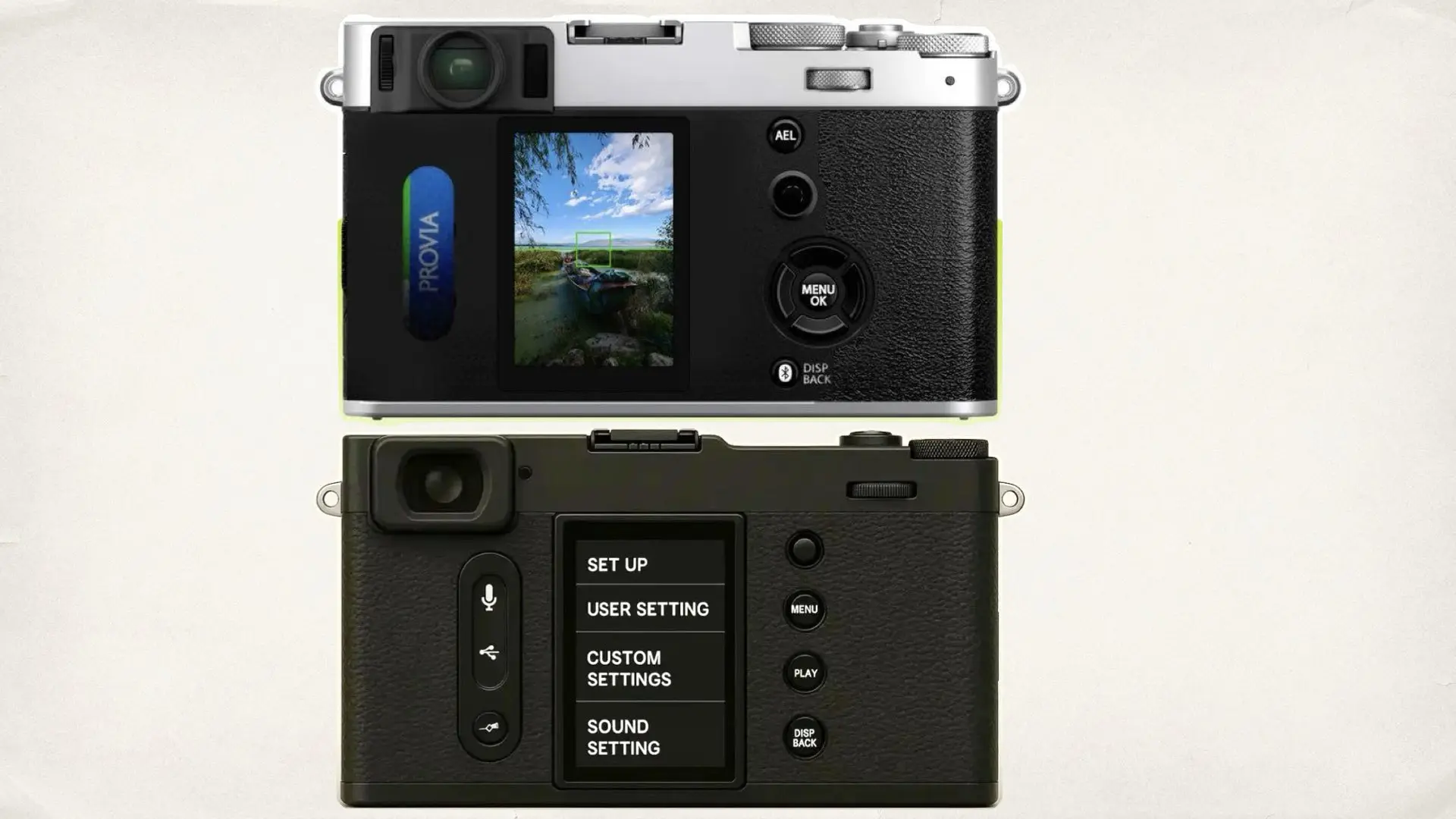
Conclusion: A Curious Misfire in an Otherwise Exciting Launch
Fujifilm’s vision for the X-Half remains bold, exciting, and culturally aware. The concept hits all the right notes: vertical video, compact form factor, nostalgic homage, and a modern creative tool. But the decision to shoot its teaser with a flagship medium format camera, rather than the product in question, has left many creators scratching their heads. It doesn’t undo the promise of the X-Half — but it casts a shadow on the rollout. It reminds us that in today’s world, how a story is told can matter just as much as what it says.
What do you think?
-
Should Fujifilm have shot the teaser on the X-Half, even if it meant sacrificing image quality?
-
Does using the GFX100 II send the wrong message about the X-Half’s capabilities?
-
Are we too quick to demand transparency in marketing — or not demanding enough?

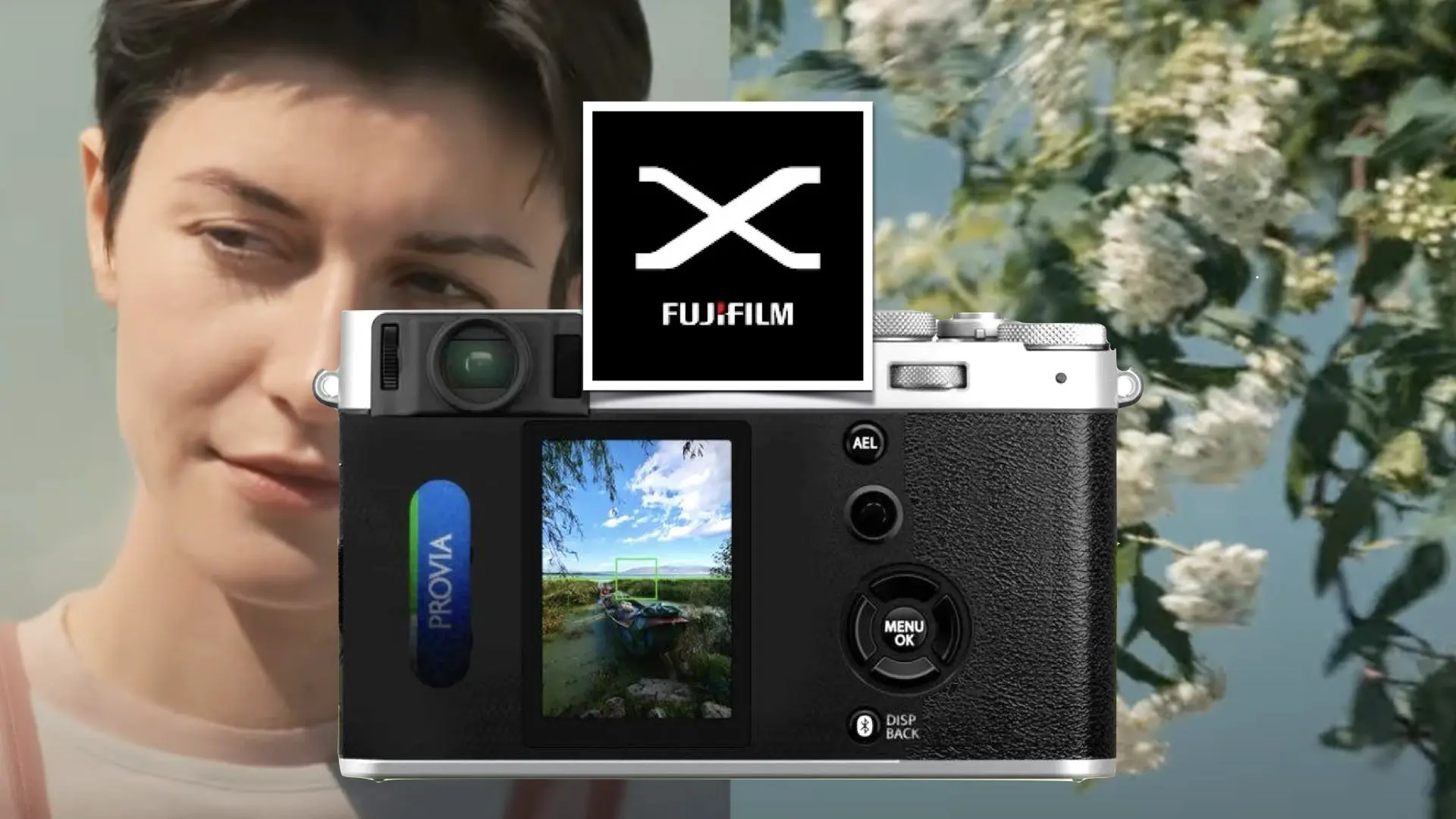
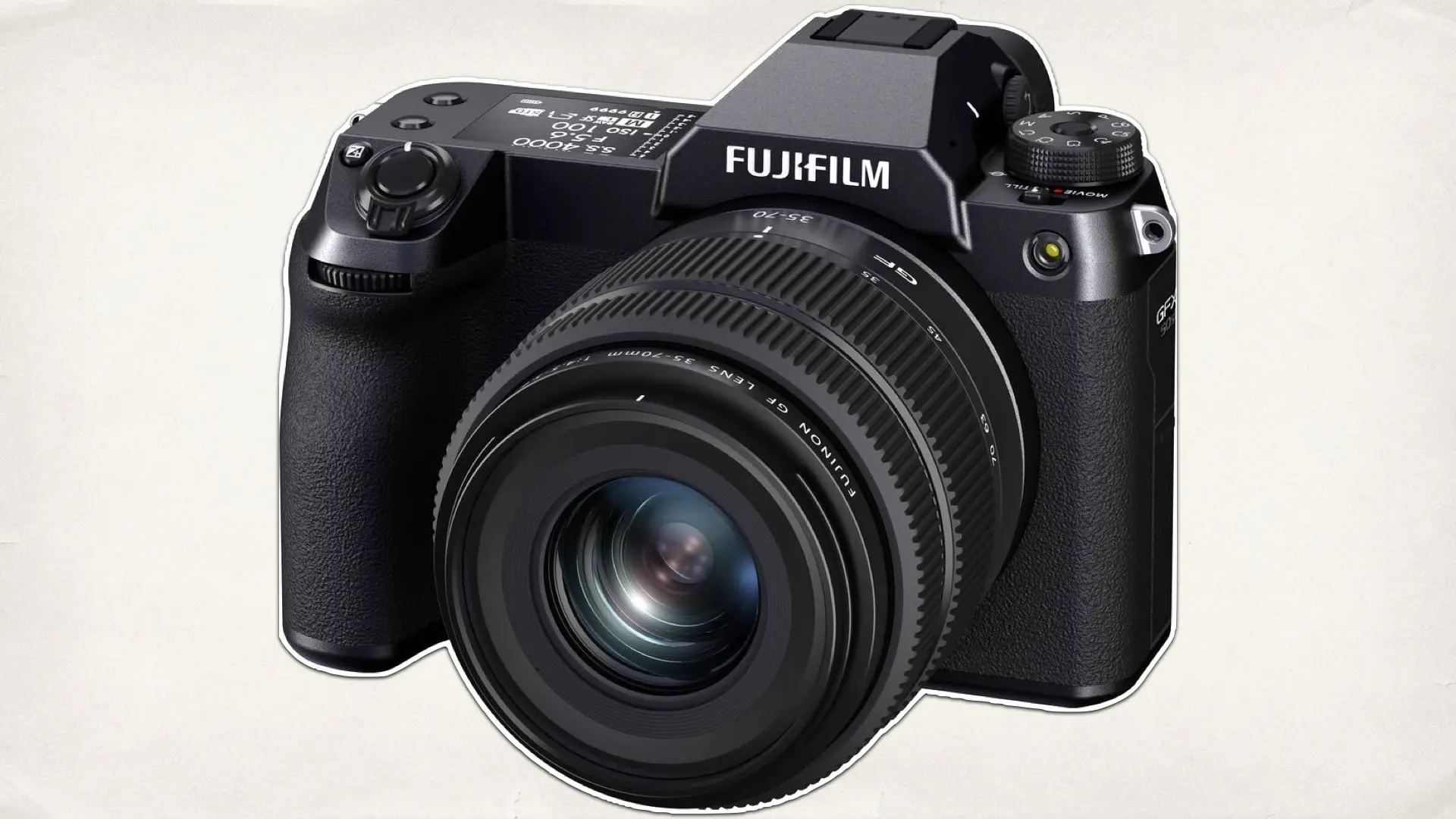
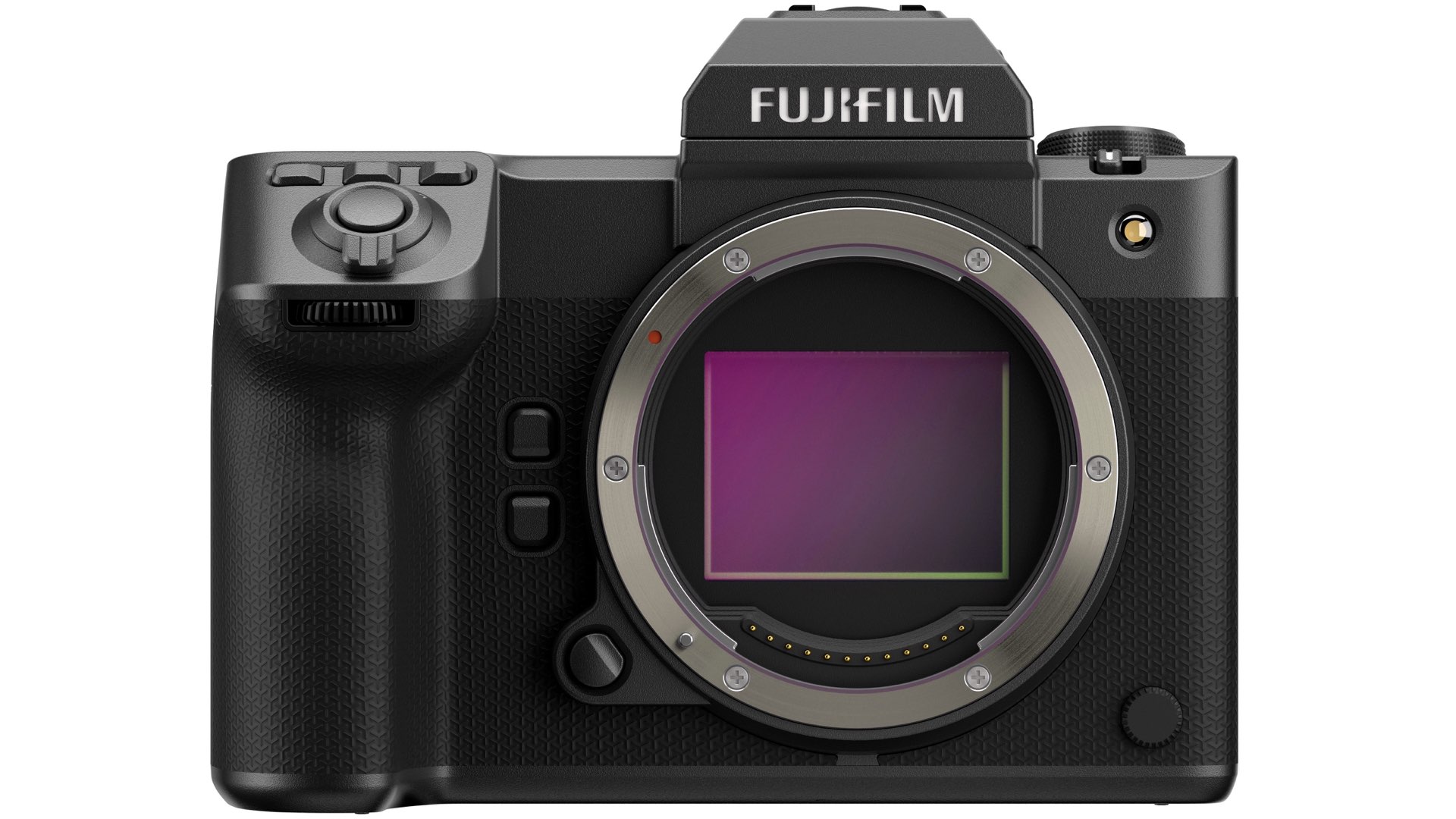
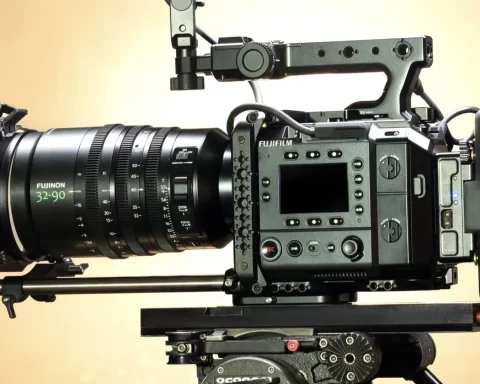

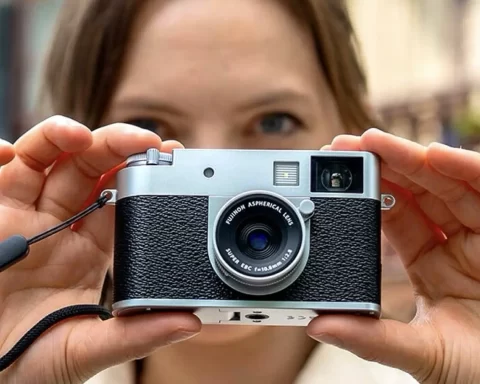
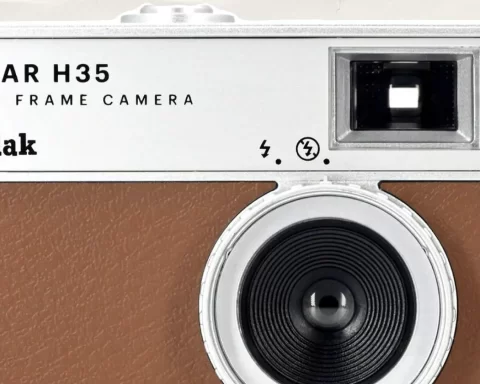
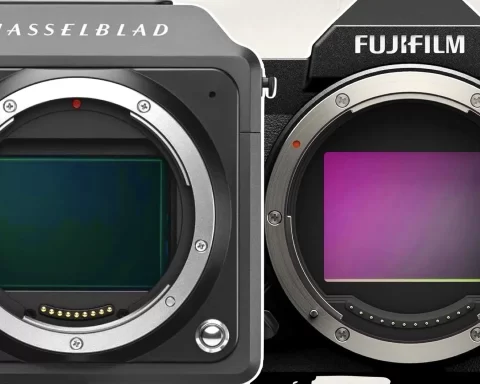
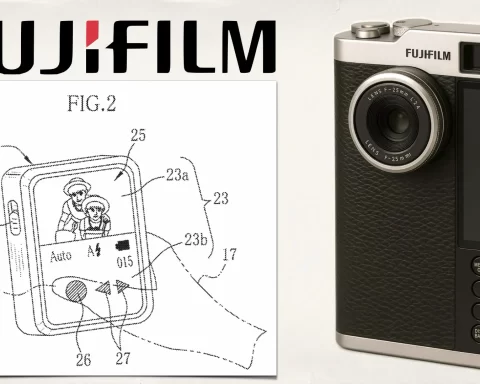
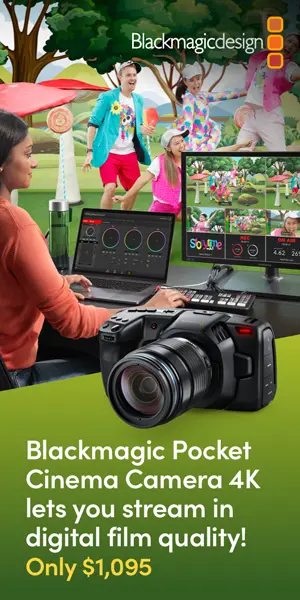
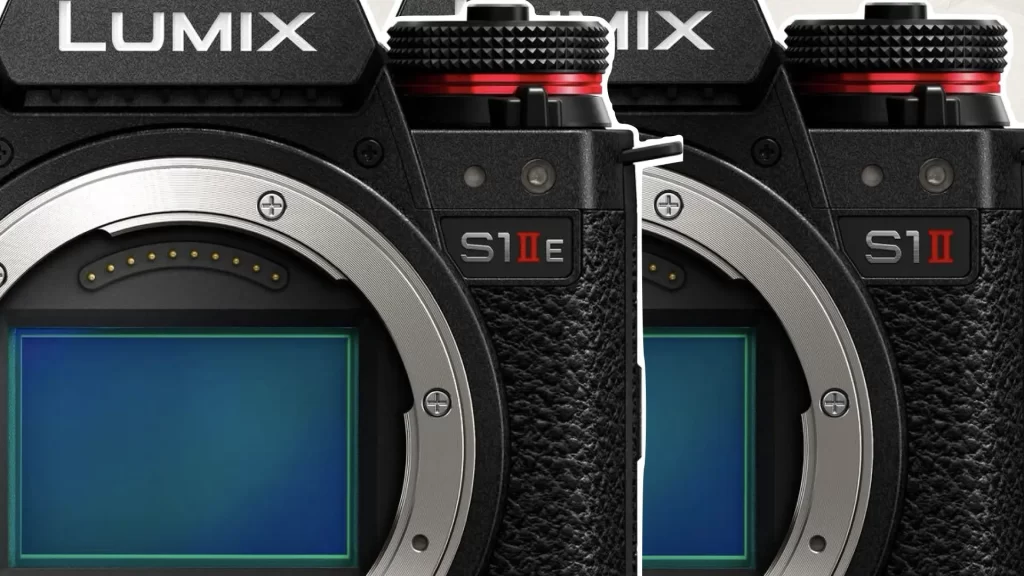
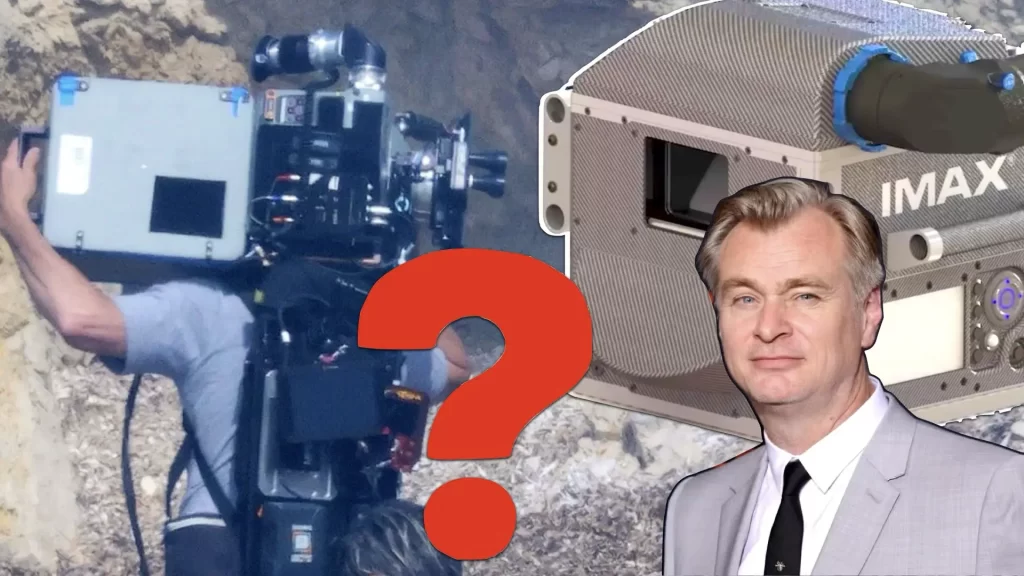
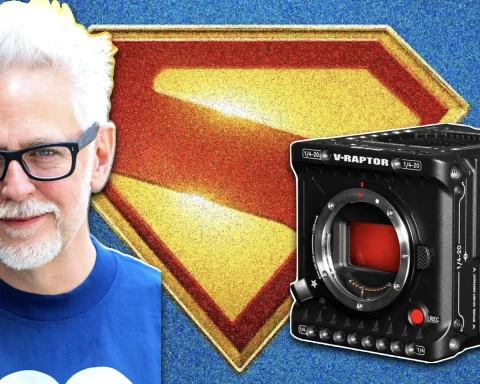

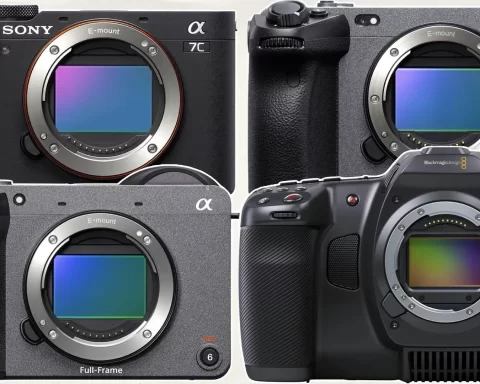
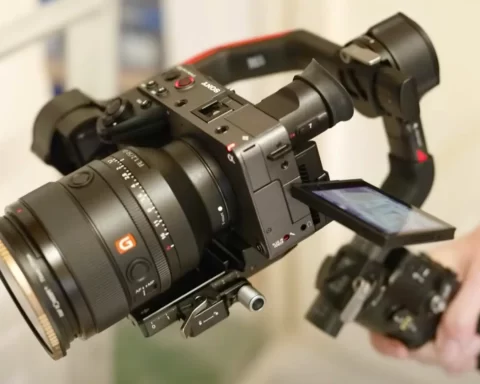
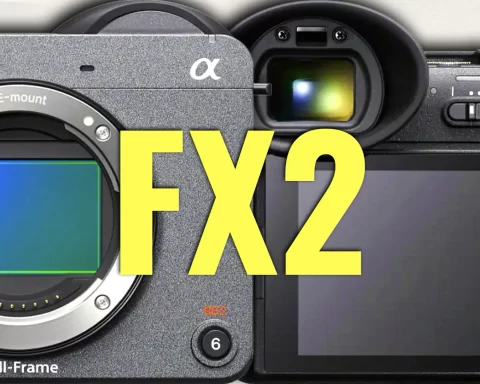
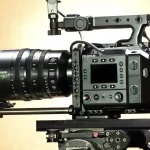
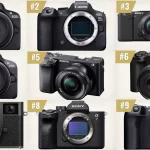
Could it be a hint that Fuji might enable this type of setup in their medium format cameras. Could it be doable with a firmware update?